Hydrogen is crucial for clean energy, but meeting the projected 2040 demand of 240 megatons annually requires a huge electrolyser capacity, far beyond current levels. The 2030s are key for the industry's growth, as highlighted in the study.


Clean Hydrogen Radar - Q4 2025
This page was originally published on 08.11.2022. We have updated the radar and related texts and graphics on 22.12.2025.
Making sense of the momentum in the global hydrogen economy
Climate change and serious geopolitical concerns have made the need to wean advanced economies off fossil fuels abundantly clear. In the process, both private-sector interests and public policymakers are increasingly discovering the potential of hydrogen to advance the transition to a climate-friendly economy. However, staying on top of such a fast-moving market is no easy task.
"In the new H2 economy, first movers will set the market standards and develop profitable positions along the value chain."
Roland Berger has advised clients for over a decade on countless projects surrounding clean hydrogen. Our expertise ranges from crafting political concepts for governments and industry associations to developing strategies for all relevant sectors of industry.
The Clean Hydrogen Radar places our in-depth understanding of this dynamic market at your disposal in a clear and concise form. Distilled into sharply focused analyses, the insights we are gaining will keep decision-makers in industry and government up to speed on the latest developments as the hydrogen economy continues to accelerate.
What is the Clean Hydrogen Radar?
Roland Berger believes it is important for market players and market makers to grasp the strategic implications and direction of the hydrogen economy. The radar therefore takes a deep dive into the latest technological and commercial developments as well as relevant regulatory trends. Drawing on our international networks of experts, we cover developments in global key markets, breaking our analysis down into different segments:
- Hydrogen strategies and national targets
Government strategies and ambitions towards hydrogen adoption - Regulatory developments
Regulatory developments influencing the adoption of hydrogen and derivatives - Upstream market
Developments surrounding the production and supply of hydrogen and its derivatives - Midstream market
Developments in the transportation and storage of hydrogen - Downstream market
News on hydrogen demand and the many use cases along three sectors: Industry (e.g., steel, refining, chemicals), Mobility (e.g., fuel cell trucks, sustainable aviation fuels), Energy (e.g., hydrogen fueled heat and power plants)
In the quarterly radar, our experts analyze these developments, interpreting current events and bringing the bigger market picture clearly into focus. Obviously, a brief high-level summary alone cannot share the full wealth of Roland Berger’s market intelligence in this fascinating field. However, the Clean Hydrogen Radar will lay a firm foundation for strategic discussion with clients, government policymakers and the public at large – a discussion we expressly welcome!
Highlights from the Q4 2025 update
The fourth quarter of 2025 was yet another dynamic quarter across the entire clean hydrogen sector, featuring new project launches and significant funding developments. But it was not all plain sailing, with the market also facing a number of setbacks and ongoing challenges. Key developments in Q4 included:
- The EU launched its third European Hydrogen Bank auction with a budget of EUR 1.3 billion. Funds will be topped up with an additional EUR 1.7 bn from Germany and Spain via the EU’s auctions-as-a-service program
- China introduced a 20% investment subsidy for green methanol projects and began constructing a 1,000 km hydrogen pipeline network to support Beijing-Tianjin-Hebei industrial clusters and future exports
- The Trump administration canceled USD 1.2 bn of funding earmarked for California's ARCHES green hydrogen hub and USD 1 bn for the Pacific Northwest H2 Hub
- Due to insufficient customer demand, BP canceled its 1.2 GW H2Teesside blue hydrogen project in the UK, and ExxonMobil paused its blue hydrogen Baytown complex in Texas – planned as one of the world’s largest
- One of the world’s largest operational electrolyzer projects – Envision’s 500 MW Chifeng plant in Chifeng, China – achieved EU certification for renewable fuels of non-biological origin (RFNBO)
- Downstream activity remained subdued, with only a few new industrial offtake agreements and continued challenges in hydrogen mobility.
Capacity forecast
Based on the latest developments, total announced green hydrogen production capacity stands at 440 GW by 2030. However, Roland Berger’s assessment, which uses a probabilistic model that accounts for project failure rates, expected cancellations and postponements, forecasts around 45-50 GW of installed electrolyzer capacity by 2030.

"Clean hydrogen is coming. It is an essential ingredient in the decarbonization agenda."
What does the future hold for the hydrogen economy?
Recent market developments and world events make it clear: Industry leaders and public policymakers need to keep a very close eye on how the clean hydrogen economy unfolds going forward. So stay tuned for our next update to the Clean Hydrogen Radar. But don’t just leave it at that: Reach out and engage with us in discussing what these developments mean for your strategy and your organization.
We look forward to hearing from you!
Stay current with our latest insights on sustainability and climate action topics. We will email you when new articles and studies are published.



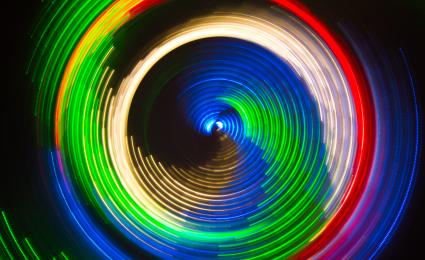
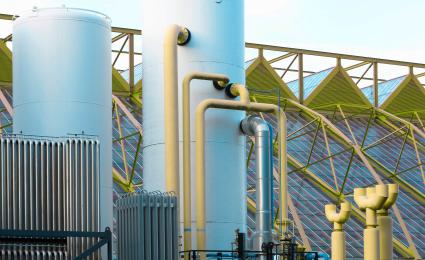
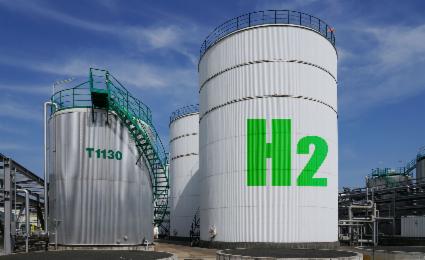
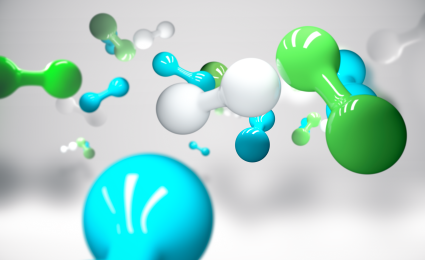
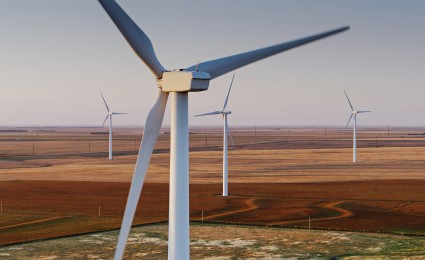












_person_144.png?v=770441)


_person_144.png?v=869993)


